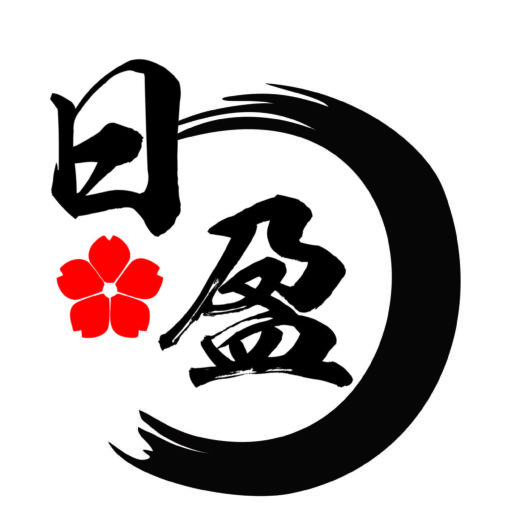Aomori
Oirase Keiryu

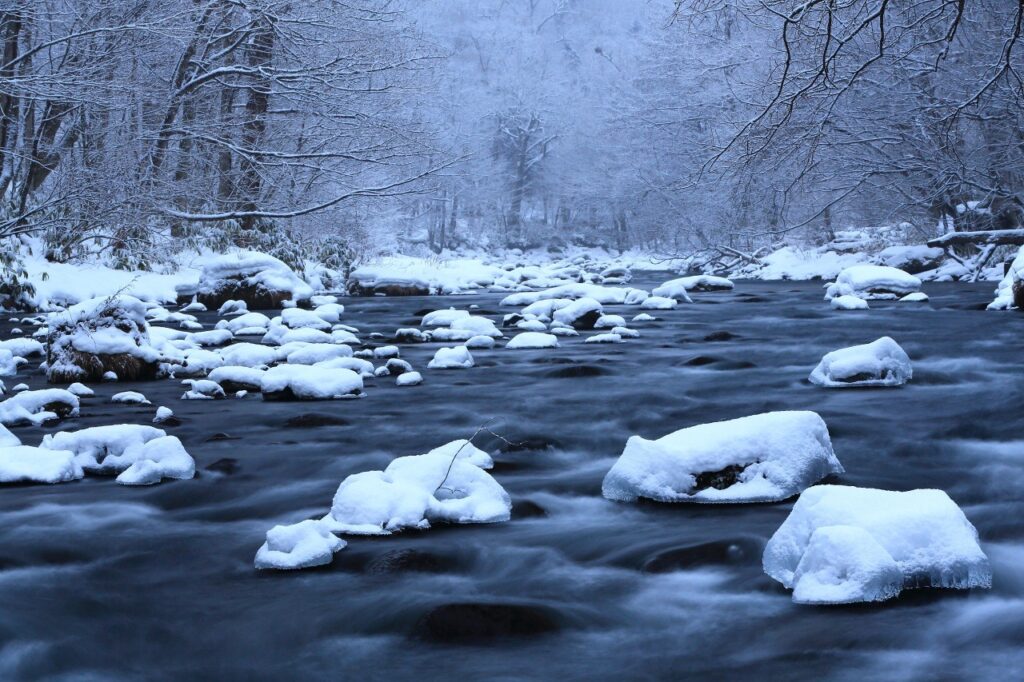
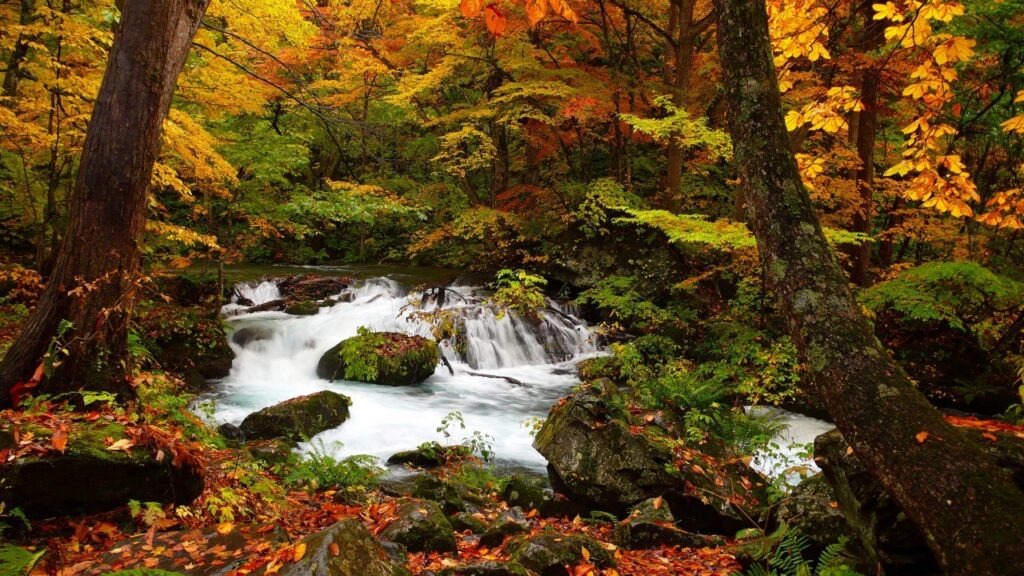
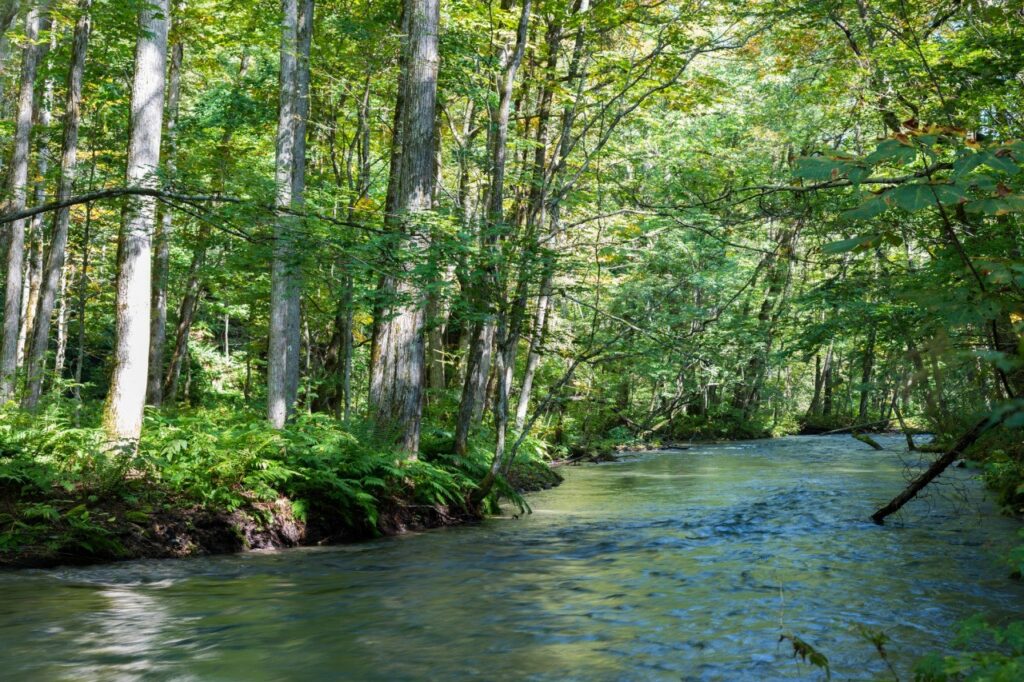
Oirase Keiryu is the most famous sightseeing spot in Tohoku, and has been awarded two stars by the Michelin Green Guide. The 14-km-long mountain stream offers a series of spectacular views no matter where you walk. If you have the time and energy, you should definitely take a walk along the river, rather than just taking a bus or car to visit the scenic spots. Strolling through the natural green tunnels and boardwalks, you can fully enjoy the beauty of nature, such as the clear forest air, the sparkling water surface through the trees, the expressive clear stream, and the lovely leaves and mosses.
Blue Pond
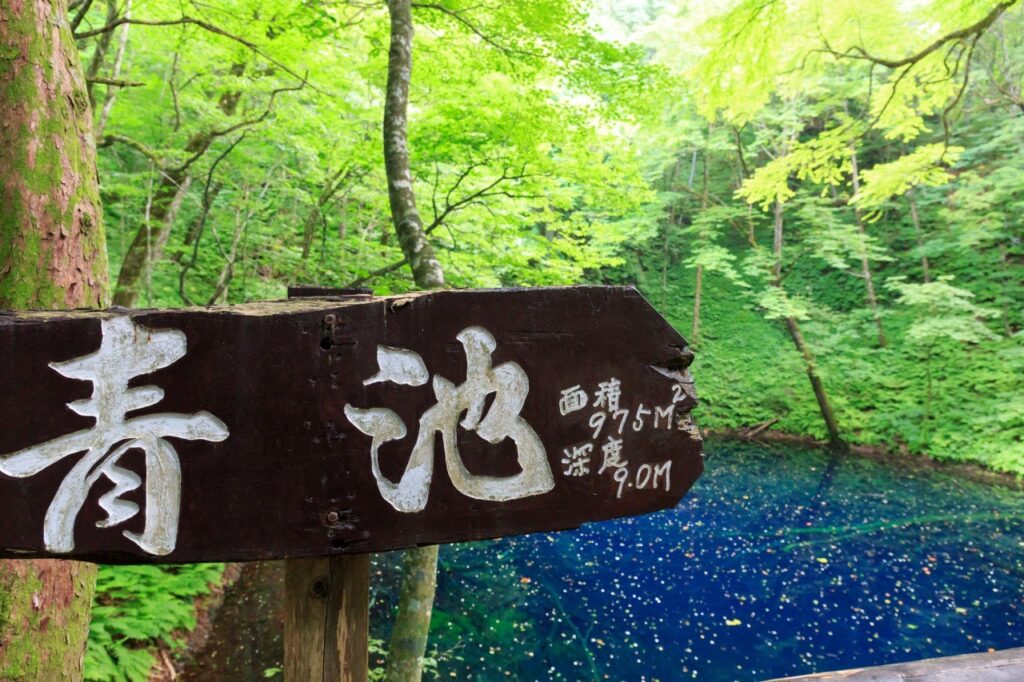

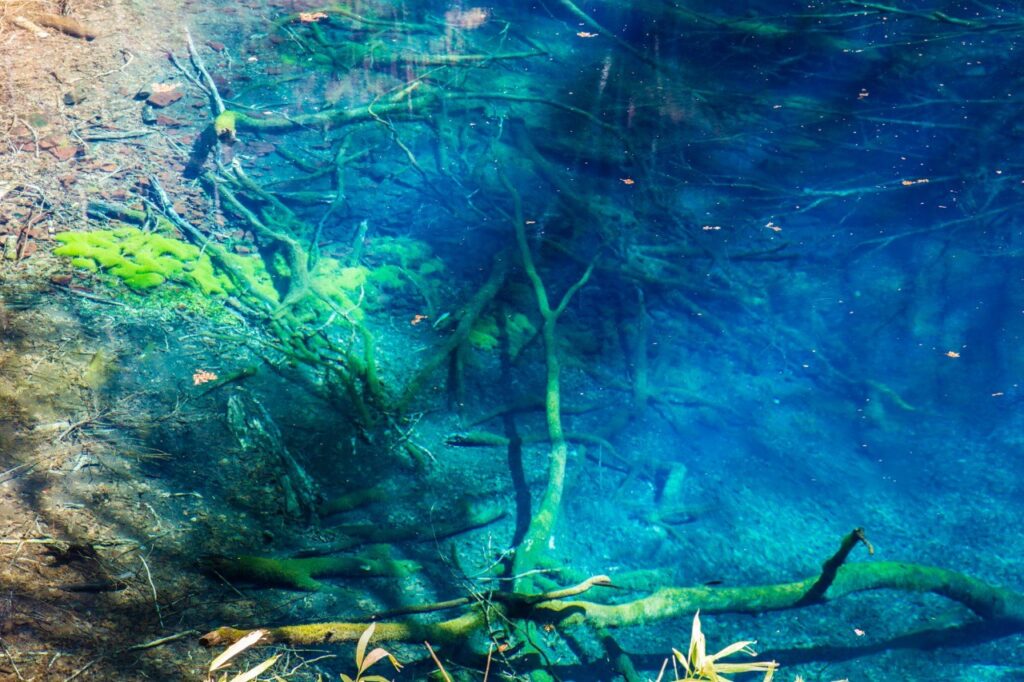
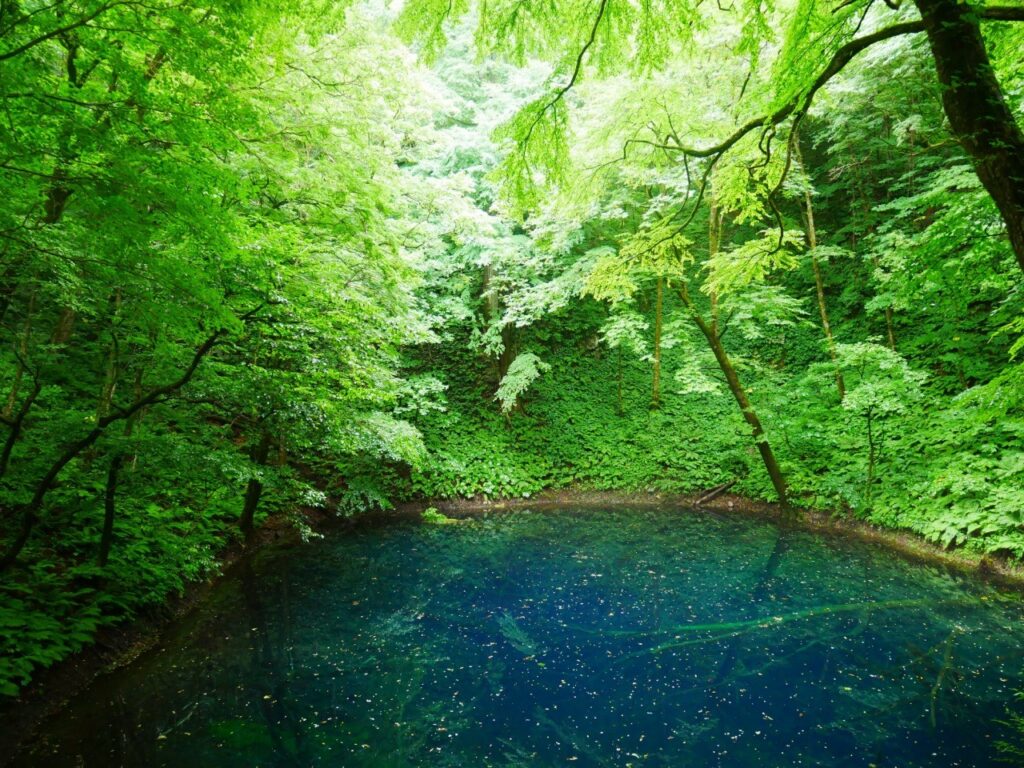
Aoike, famous for its brilliant cobalt blue color, is located in the Shirakami Sanchi World Heritage Site. One of the world’s largest primeval beech forests extends in the vicinity, and of the 130,000 hectares of primeval forest, the core 17,000 hectares is registered as a World Natural Heritage site. Although walking within the registered area is challenging, there are various walking routes in the surrounding area that allow visitors to experience the divine nature of the Shirakami Mountains.
Tsuru no Mai Bridge
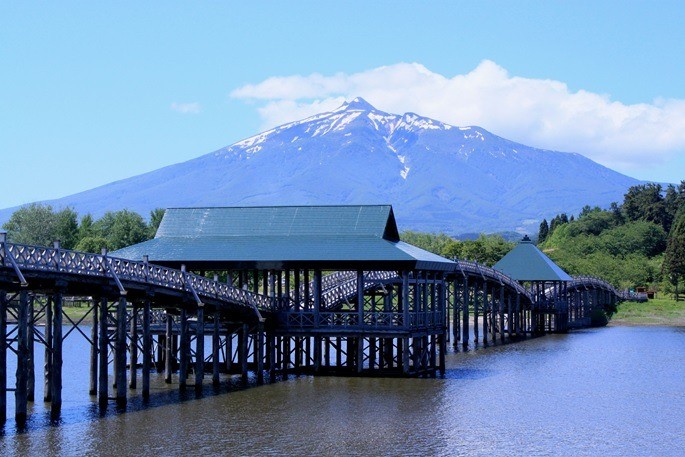
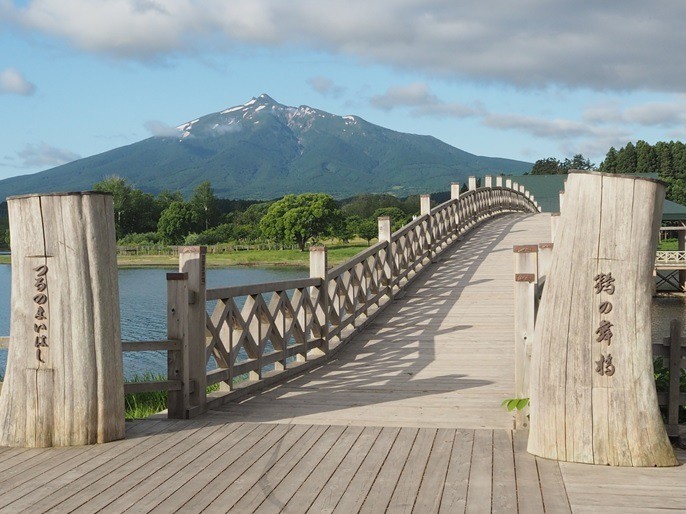
Tsuru-no-mai Bridge is the longest wooden triple drum bridge in Japan, built on July 8, 1994 over Lake Tsugaru Fujimi, which beautifully reflects the majestic shadow of Mount Iwaki on the lake surface. The 300-meter-long triple drum bridge has a gentle arch that evokes warmth and is loved by many people as a symbol of Tsuruta Town, home of cranes and international exchange.
Choshi Great Falls

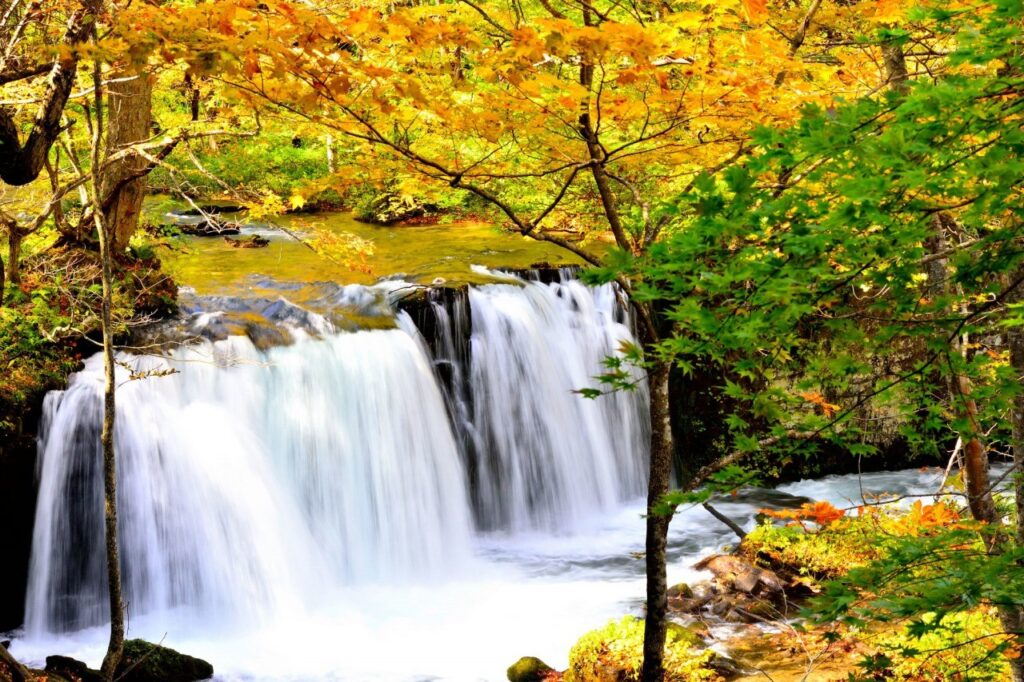
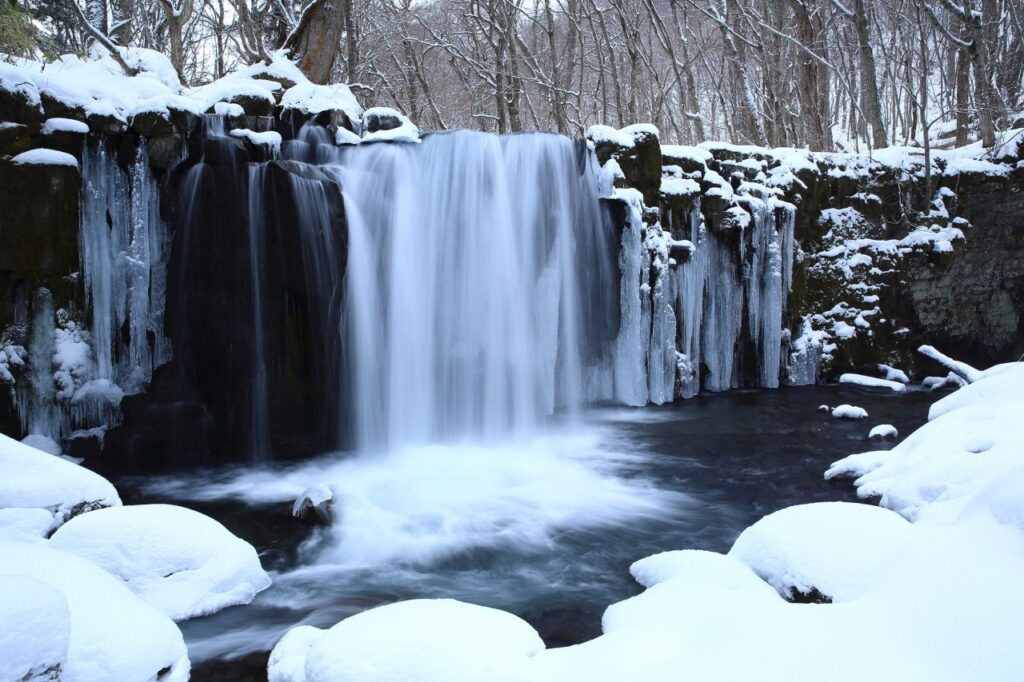
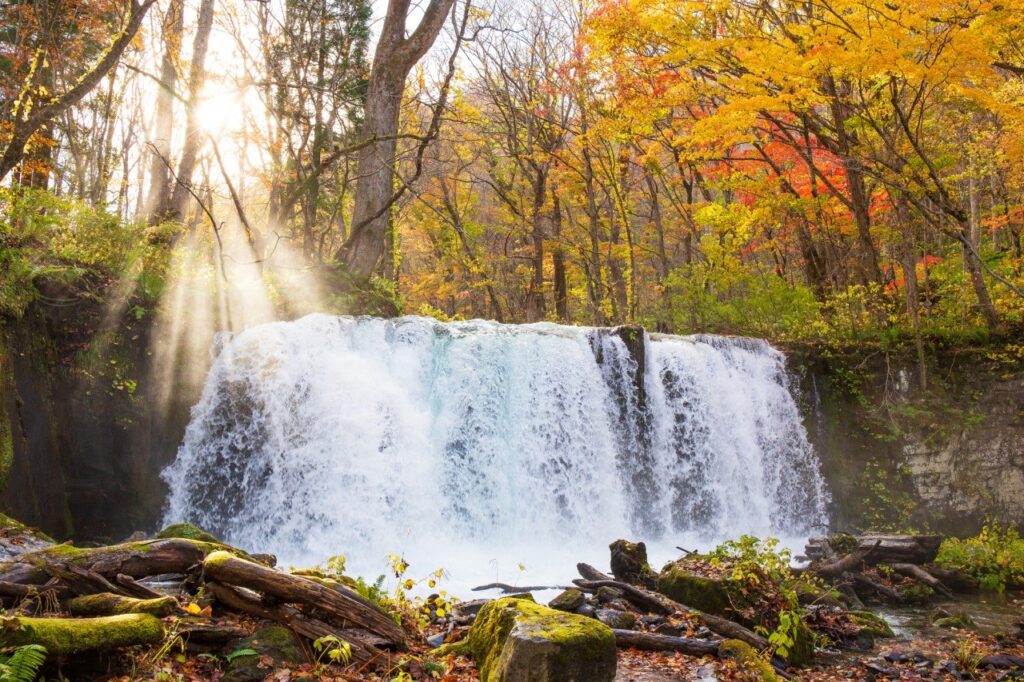
This is the largest waterfall on the main stream of the Oirase Keiryu, which originates from Lake Towada and boasts one of the most beautiful valleys in Tohoku. It is 7 m high but 20 m wide, and its dynamic appearance attracts visitors. The waterfall is 7 meters high but 20 meters wide, and its dynamic appearance attracts visitors. The falling water makes a large amount of icy spray, and the negative energy generated is soothing to visitors.
Hakkouda ropeway
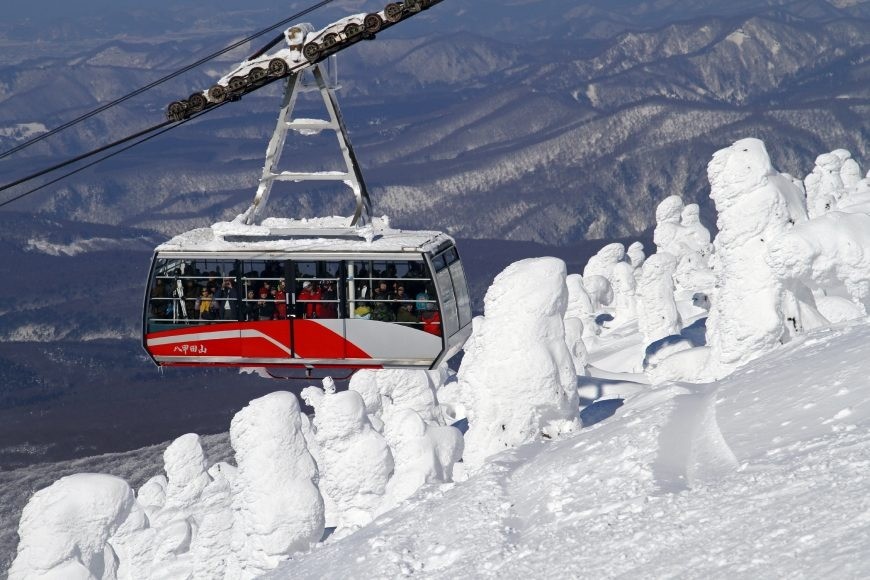
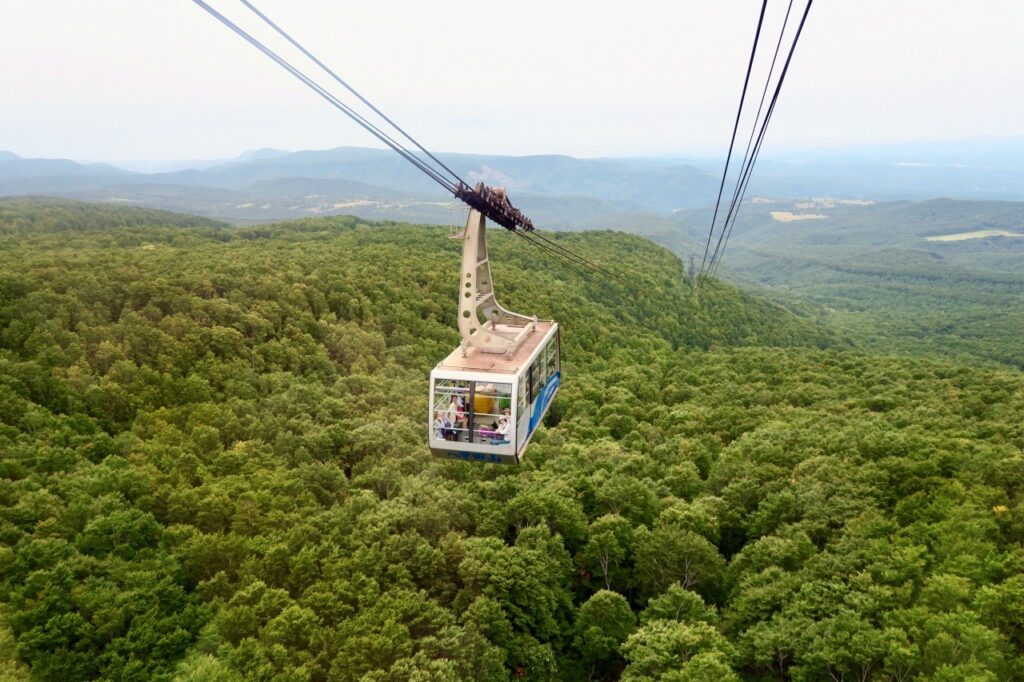
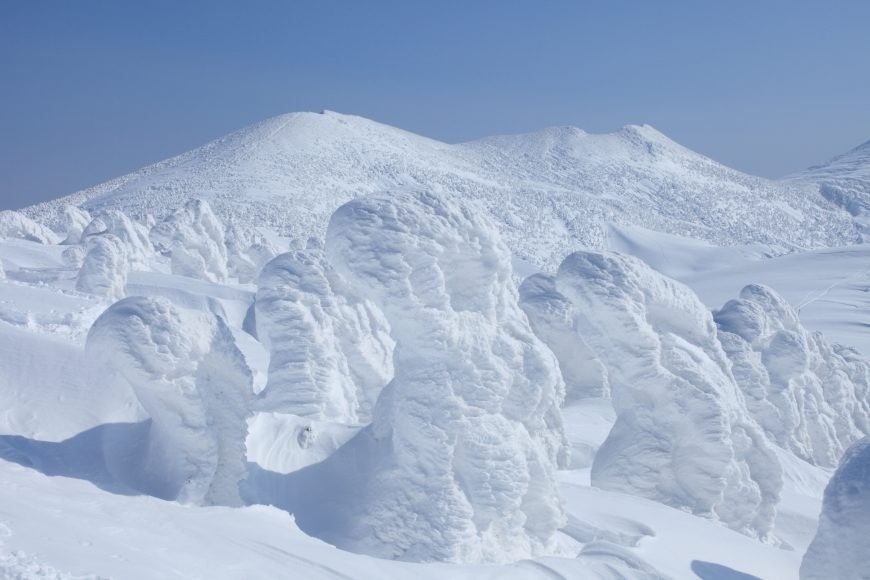
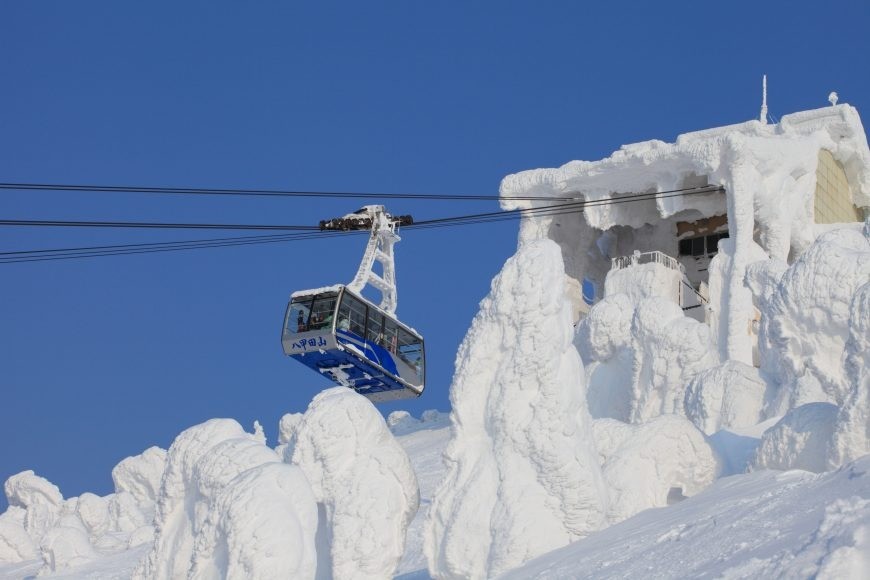
Hakkoda ropeway, from which you can enjoy the magnificent nature of Mt. Hakkoda (Hakkoda mountain range), offers spectacular views that change with the seasons: fresh greenery in spring, alpine flora in summer, autumn leaves in fall, and ice on trees in winter. The Hakkoda ropeway is usually open in mid-May for fresh green leaves, August for summer skiing, late September to mid-October for autumn leaves, late November to mid-May for winter skiing, and January to late February for juhyo (ice coating on trees).
Weather permitting, the view includes not only the mountains, but also Aomori city center, Mutsu Bay, Tsugaru Peninsula, Shimokita Peninsula, and Mount Iwaki.
Lake Towada
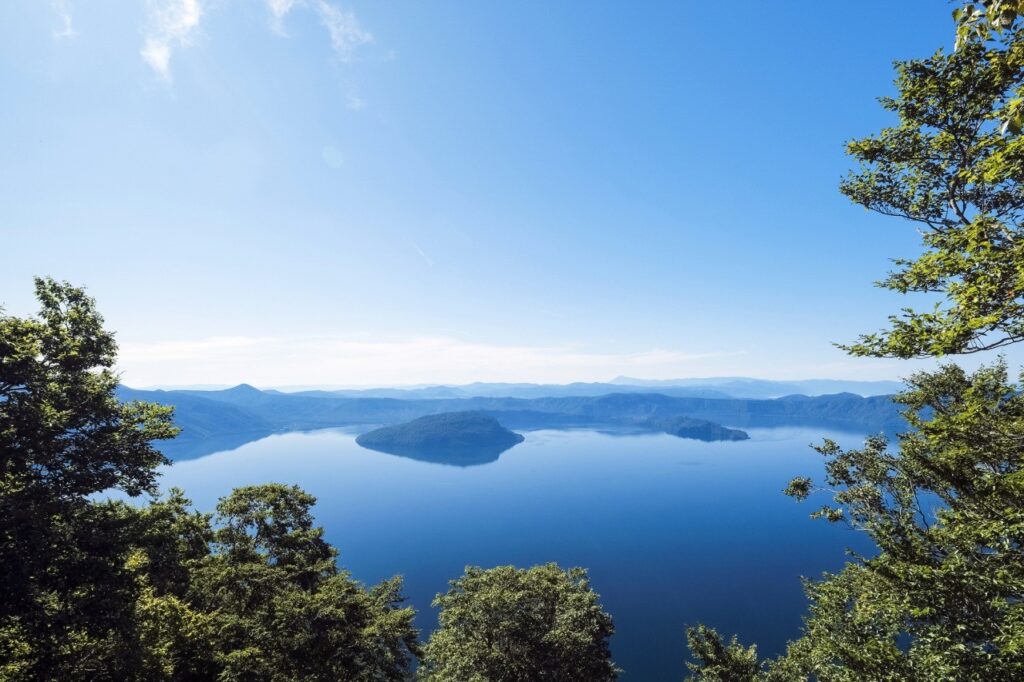
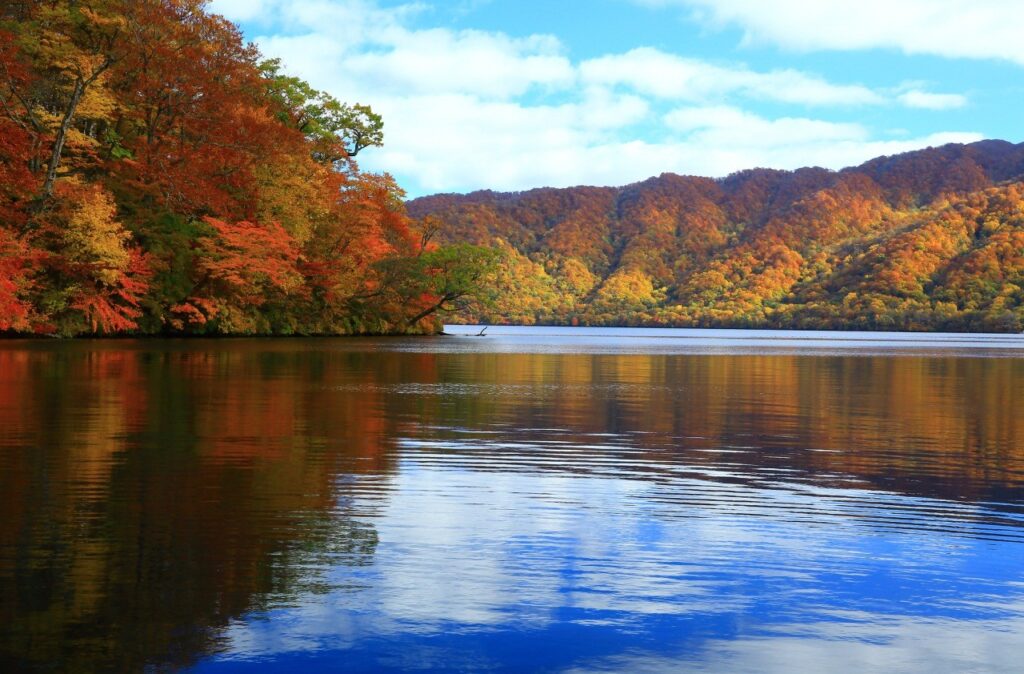
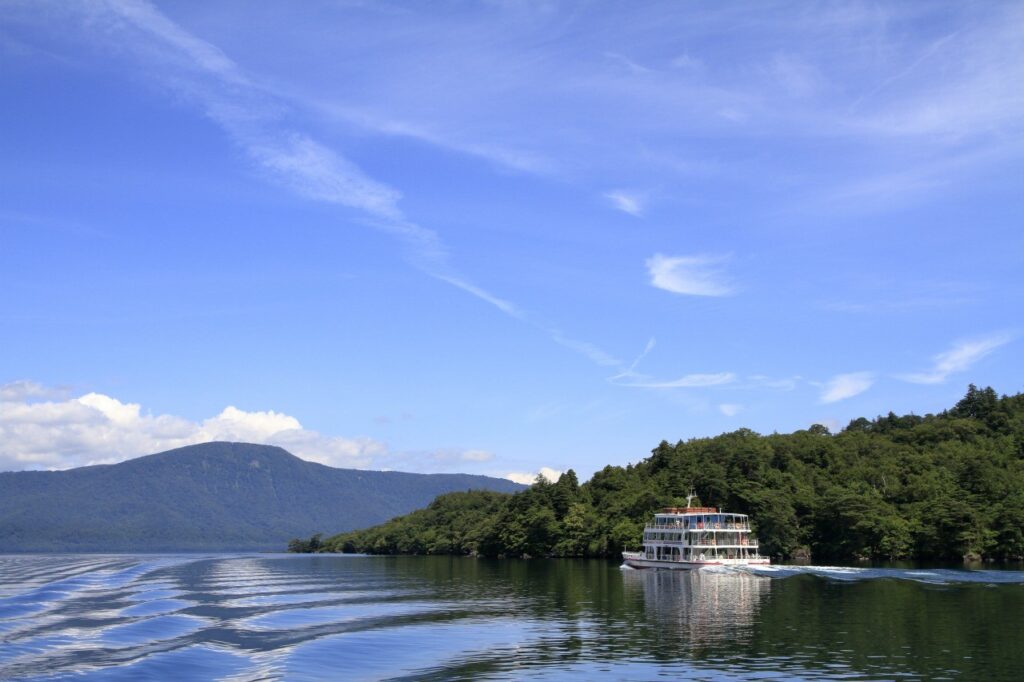
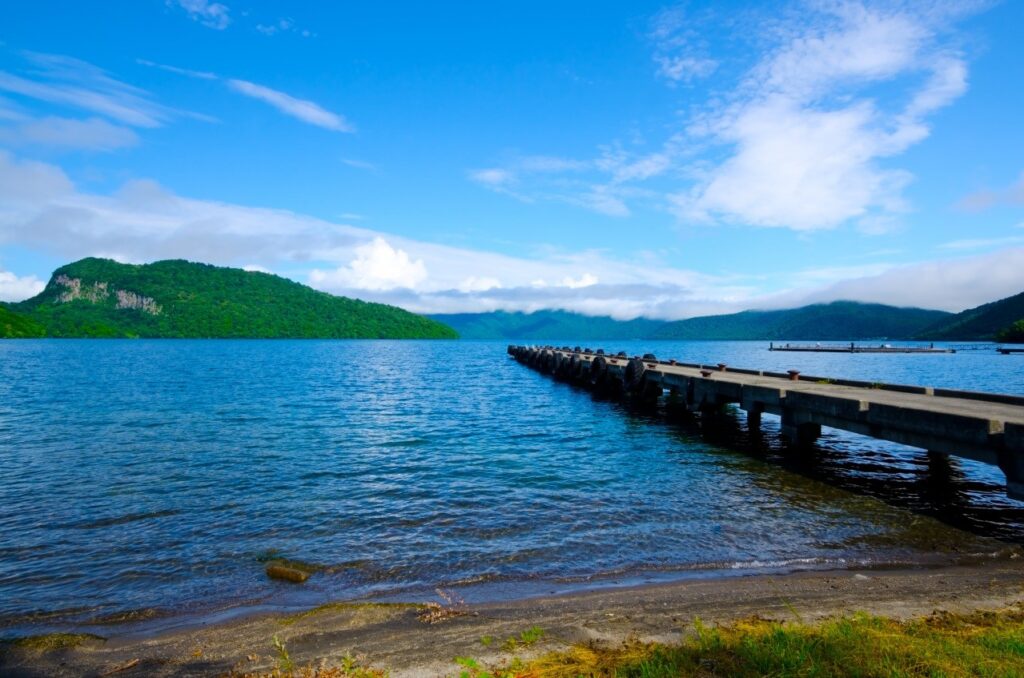
Lake Towada is a magnificent lake with an open panorama. The sky, fresh greenery, and autumn leaves… the tranquil surface of the lake, reflecting the surrounding scenery like a mirror, attracts people with its beauty.
Lake Towada is located in Towada-Hachimantai National Park and is a highland caldera lake surrounded by the outer ring of mountains and the source of the Oirase Stream. It is vast, with a circumference of 46 km, and its deepest point is 327 m, making it the third deepest lake in Japan. Caldera lakes are formed when rainwater accumulates over a long period of time on land that has been gouged by volcanic eruptions. You can feel the tremendous energy and the weight of the years. It is sometimes called “Mysterious Lake” because it does not freeze even in winter despite its location in the highlands of the north.
Hirosaki Castle (Cherry Blossom Festival)
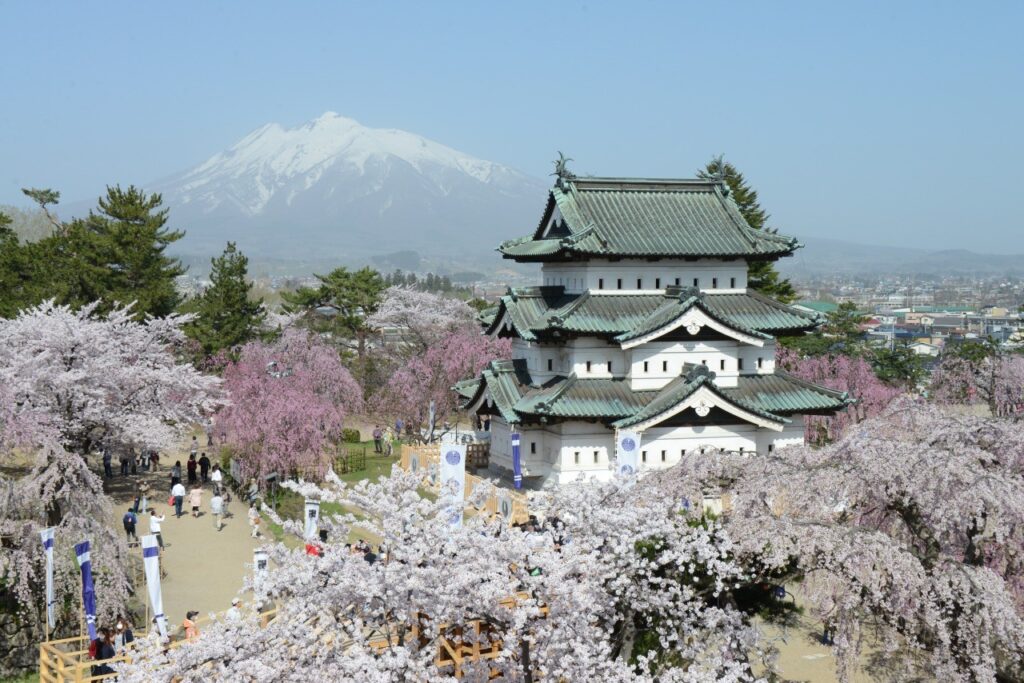
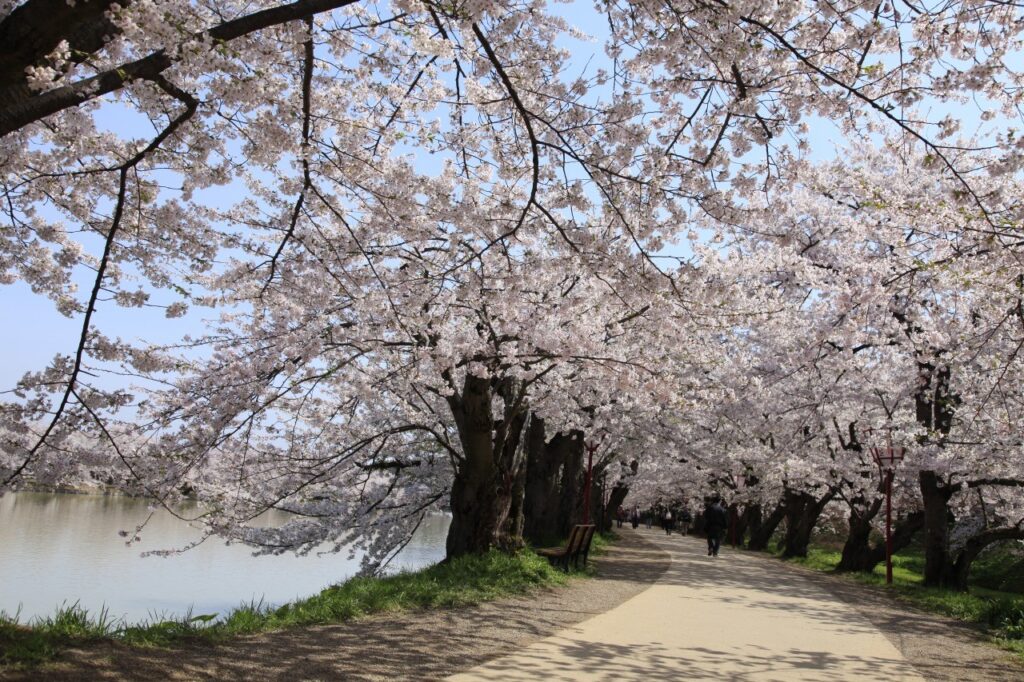
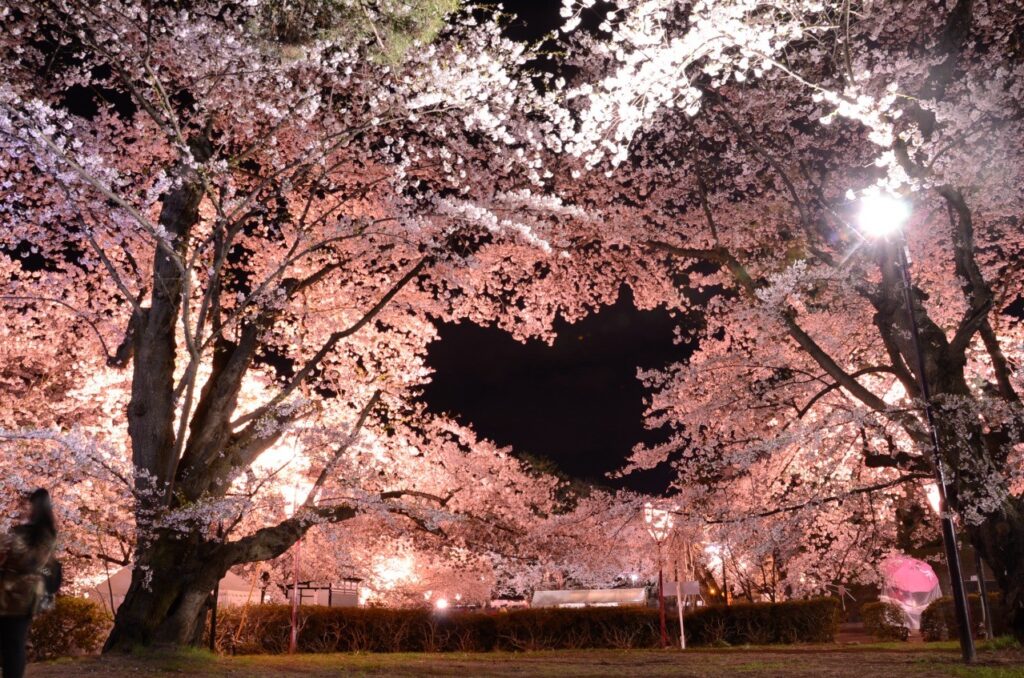

Hirosaki Castle, built in 1611, was opened as “Hirosaki Park” in May 1895 and has been enjoyed by many citizens and tourists ever since.
The castle keep, five castle gates, and three corner turrets that have remained from the Edo period are designated as National Important Cultural Properties.
The park is planted with approximately 2,600 cherry trees of 52 varieties, which are at their best from late April to early May each year. The “Hirosaki Cherry Blossom Festival” held during this period attracts more than 2 million visitors each year, who enjoy the spectacular cherry blossoms in full bloom.
Butsugaura
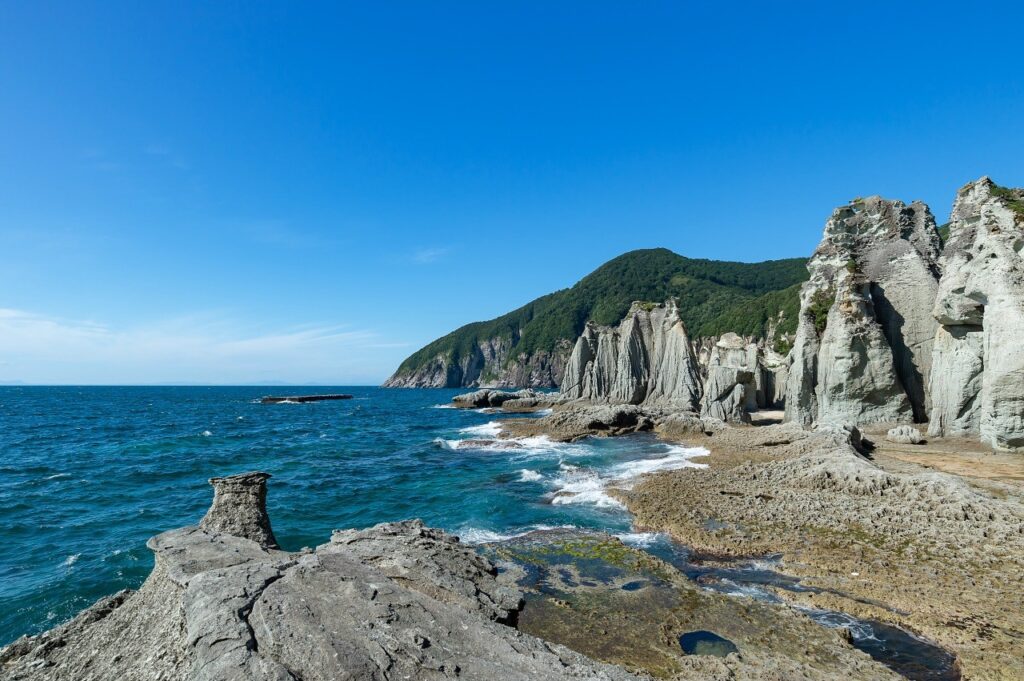

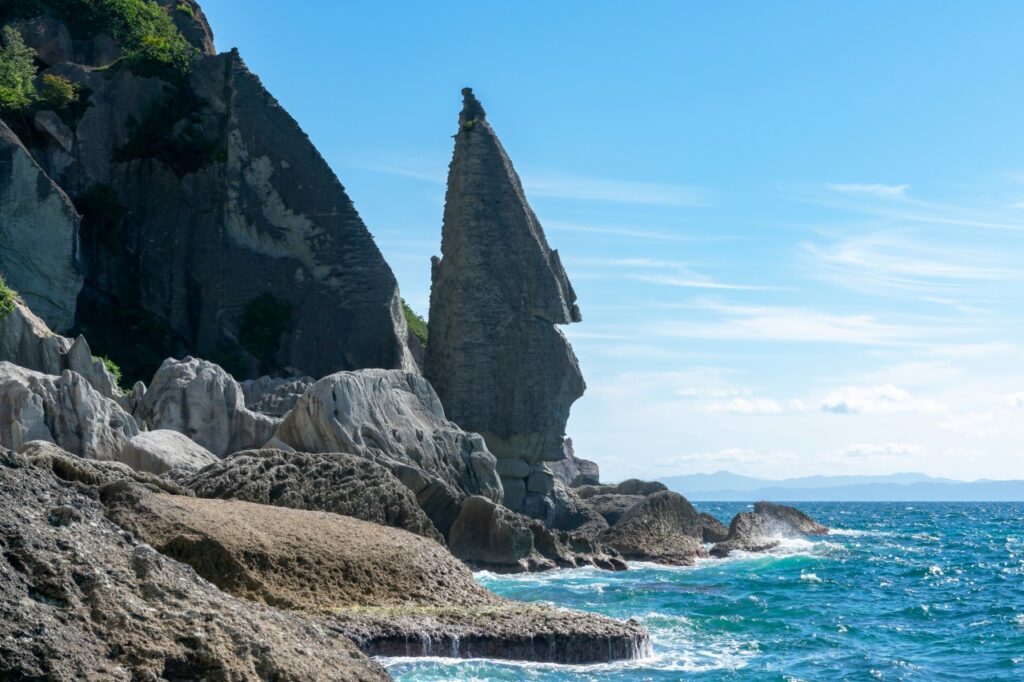
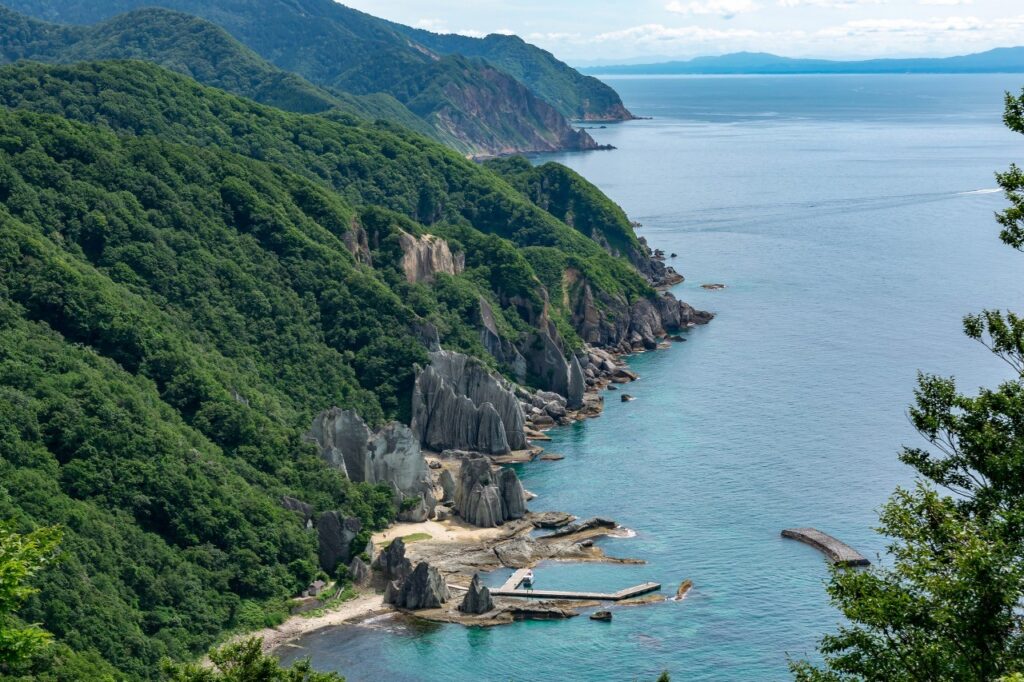
A series of strange white-green rocks stretching 2 km along the coast. The beach is a work of nature carved by the rough seas of winter, but when viewed in summer when the sea is calm, it resembles the paradise of “Butsugaura,” aptly named. The contrast between the clear emerald green sea and the ivory-colored rocks is beautiful, and it is said that Futsugaura is the place where the dead stop when they leave for the other world or return to this world. Each of the oddly shaped rocks is named after the image of the Pure Land.


